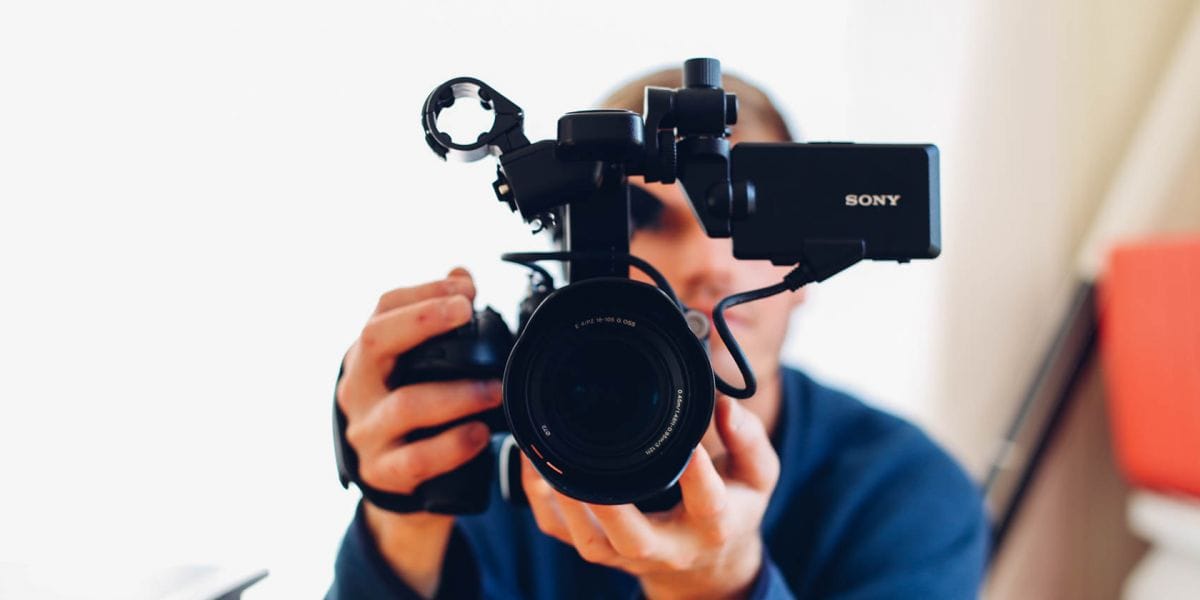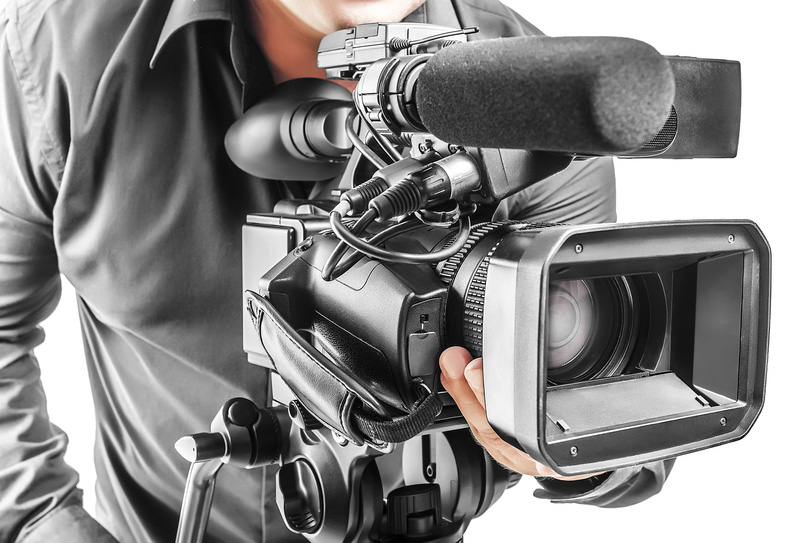Why Legal Videography Is Essential for Accurate Court Recordings
The role of legal videography in court room setups can not be overstated, as it offers as an essential device for protecting the integrity of court documents. By catching both verbal and non-verbal interaction, it improves the clarity of witness testaments and shows the nuances of courtroom communications. This extensive documentation not just aids in lowering prospective misunderstandings yet also sustains appellate evaluations, thereby enhancing the judicial process. The ramifications of incorporating legal videography right into basic court room practices increase important concerns concerning its broader effect on the lawful system. What might these ramifications require?
Relevance of Visual Evidence
In the realm of legal procedures, the value of aesthetic evidence can not be overstated. Visual evidence offers as an effective device in developing realities, substantiating statements, and improving the total quality of an instance. This kind of evidence, that includes photographs, videos, and diagrams, can offer a concrete context that spoken summaries frequently lack, consequently supplying courts and courts a more clear understanding of the conditions bordering an instance.
In addition, aesthetic proof help in the retention of info. Human cognition is naturally visual, and people are most likely to bear in mind and comprehend information offered in an aesthetic layout. In the court, this can be vital, as compelling visual evidence can guide point of views and enhance the story presented by legal reps.
In addition, using visual evidence can minimize misconceptions and ambiguities that usually emerge from verbal exchanges. By supplying a direct representation of occasions, aesthetic evidence helps to remove subjective analyses and fosters a more unbiased evaluation of the facts. Subsequently, the combination of visual proof right into legal process not just reinforces the honesty of the judicial process yet likewise enhances the chance of accomplishing a just end result.
Recording Non-Verbal Cues
Making use of advanced videography strategies can substantially boost the capture of non-verbal hints throughout legal procedures. Non-verbal interaction, including faces, body language, and eye get in touch with, plays an essential duty in conveying emotions and purposes that may not be explicitly mentioned in verbal statement. legal videography. Lawful videography employs high-definition cams and strategic angles to make sure that these refined cues are tape-recorded with quality and accuracy
The ability to examine non-verbal actions can provide important context to declarations made throughout court sessions. For example, a witness's reluctance or self-confidence can be translated with their position or gestures, potentially influencing the court's assumption of trustworthiness. The use of close-up shots can help focus on a speaker's expressions, allowing for a more nuanced understanding of the testimony.
Furthermore, integrating multiple camera angles can develop a comprehensive view of communications, highlighting characteristics in between parties involved. This multifaceted approach not only boosts the precision of the court document however additionally aids in preserving the stability of the judicial process - legal videography. Inevitably, catching non-verbal hints through legal videography promotes a richer, much more total depiction of court room proceedings

Enhancing Testament Reliability
The integrity of testimony can be dramatically strengthened with using premium lawful videography. Video clip recordings work as an unbiased tool that captures not only the talked words of witnesses yet likewise the subtleties of their delivery, including tone, pacing, and emotional expressiveness. This diverse documentation supplies a clearer understanding of the witness's reputation and intents, which can be essential in legal process.
Furthermore, lawful videography reduces the capacity for misinterpretations that may emerge from written records alone. When jurors can observe a witness's temperament and body language combined with their statement, they are much better equipped to examine the credibility and reliability of the evidence provided. This aesthetic context can reinforce the testimonial narrative, making it a lot more engaging and reputable.
Furthermore, the existence of a video clip recording can discourage prospective incongruities in testimony. Witnesses may be much more careful in their declarations when they recognize they are being videotaped, leading to more accurate and honest accounts. Generally, high-grade lawful videography boosts the honesty of testimony, ensuring that the court has access to a complete and truthful representation of the facts as conveyed by the witnesses.
Supporting Appeals and Reviews
Lawful videography plays an essential role in supporting appeals and testimonials by giving a comprehensive aesthetic document of court room procedures. This visual paperwork captures not only the talked words of witnesses and lawyers but additionally the subtleties of body movement, tone of voice, and courtroom dynamics. Such components can be crucial in recognizing the context of statements and disagreements presented.
In the appellate procedure, where the emphasis is on errors of regulation and step-by-step fairness, a video document can function as an important tool for appellate courts. It makes it possible for judges to evaluate the initial test context, guaranteeing that decisions are based upon a total understanding of the proceedings. The capacity to visually evaluate the disposition of witnesses or the communications in between parties can disclose insights that written records may forget.

Furthermore, lawful videography can help in making clear uncertainties in testaments or procedural judgments, thus reinforcing the basis for an appeal. By supplying a reputable, unbiased account of what transpired in court, lawful videography not only supports the honesty of the legal process however likewise empowers all parties entailed to make enlightened choices concerning their situations.
Improving Court Procedures
Enhancing court room efficiency, legal videography enhances procedures by giving immediate access to visual records of procedures. This modern technology permits courts, attorneys, and courts to review critical testimony and evidence, guaranteeing that all celebrations have a clear understanding of the situation. By catching the subtleties news of spoken and non-verbal interaction, videography enhances the document, making it much easier to comprehend the context and weight of testaments.

Furthermore, video recordings can assist in remote participation in hearings, enabling higher flexibility in organizing and participation, which is specifically important in intricate situations involving several stakeholders.
Conclusion
In final thought, legal videography plays a crucial role in making sure accurate see here court recordings by supplying important aesthetic evidence that catches both spoken and non-verbal communication. This method enhances the dependability of testaments, supports appellate evaluations, and streamlines court procedures. By fostering a detailed understanding of court room dynamics, Website lawful videography inevitably contributes to a lot more fair judicial outcomes, strengthening the honesty of the lawful system and helping with notified decision-making.